After a technology workshop held for girls, the organisers received feedback from one of the participants: “Before this, my dream job was to be a pastry chef, but now it is also to be an engineer.”
That delighted Hanna Ylönen, who is in the Sinä osaat! team entered into the Ratkaisu 100 competition. Its goal is to build a Center of Excellence and an entire operational model that would encourage girls to join industries that apply mathematics and natural sciences. The technology workshops organised for girls are one part of a co-ordinated entity that directs events, materials and education through multiple channels to girls, teachers, parents and influencers in companies and society.
Sinä osaat! encourages girls to join industries that apply mathematics and natural sciences.
The goal is not for all girls to become engineers, Hanna Ylönen emphasises. But what if those who have more skills and capabilities do not decide to join the industry because of, in part at least, prejudices and fears? In Sweden, the PISA results are weaker than in Finland, but the number one dream job for young women there is to become an engineer. Clearly, something is being done differently.
For Hanna Ylönen, the workshop and the received feedback was an example of how even small actions can create change. And of how those small things can accumulate into a large societal impact.
Finland is in a unique situation: Finnish girls are among the best in the world at natural sciences and maths, but are not interested in applying to schools in those fields. The girls are good at school, but still their confidence in their own capabilities is low – and drops further in higher grades.
What is new with the Sinä osaat! model is that it is not just about a campaign. Usually campaigns are directed at girls when it is far too late. The Sinä osaat! model targets girls in primary school, between the third and sixth grades.
“The primary school teachers are the key here, as is how girls are encouraged at home,” says Ylönen.
The team feels that the issue cannot be resolved with a single application or with software, but requires the attention of many target groups.
Ylönen and her team have interviewed girls. The results have demonstrated a familiar concept: dream jobs in Finland are very gender-biased. Girls have poor knowledge of technology as an industry and they do not know what technology expertise could be used for.
Therefore, the Sinä osaat! model approaches the topic through examples that interest girls and highlights, for example, the creativity in the technology industry. Some of the instructors in the technology workshops were female students in the industry. The girls were able to try virtual goggles and 3D printing, assembled fidget spinners for themselves and visited a virtual room that is used to design structural engineering projects. In the application, the girls are able to learn about technology through gaming and learn what it is like to manage a company.
Hanna Ylönen believes that it is a societal problem if the expertise of women is not utilised in the technology industry. If there were more women in the industry, maybe it would also produce some different types of products and ideas and take other types of needs into consideration.
“Finland is a technological country and maybe even a gender equality country, but for some reason these two things are not coming together.”
Because they should. Ylönen backs it up with figures from a Microsoft study: if there were as many women as men working in the technology industry in Europe, the GDP of the continent would be greater by nine billion euros.
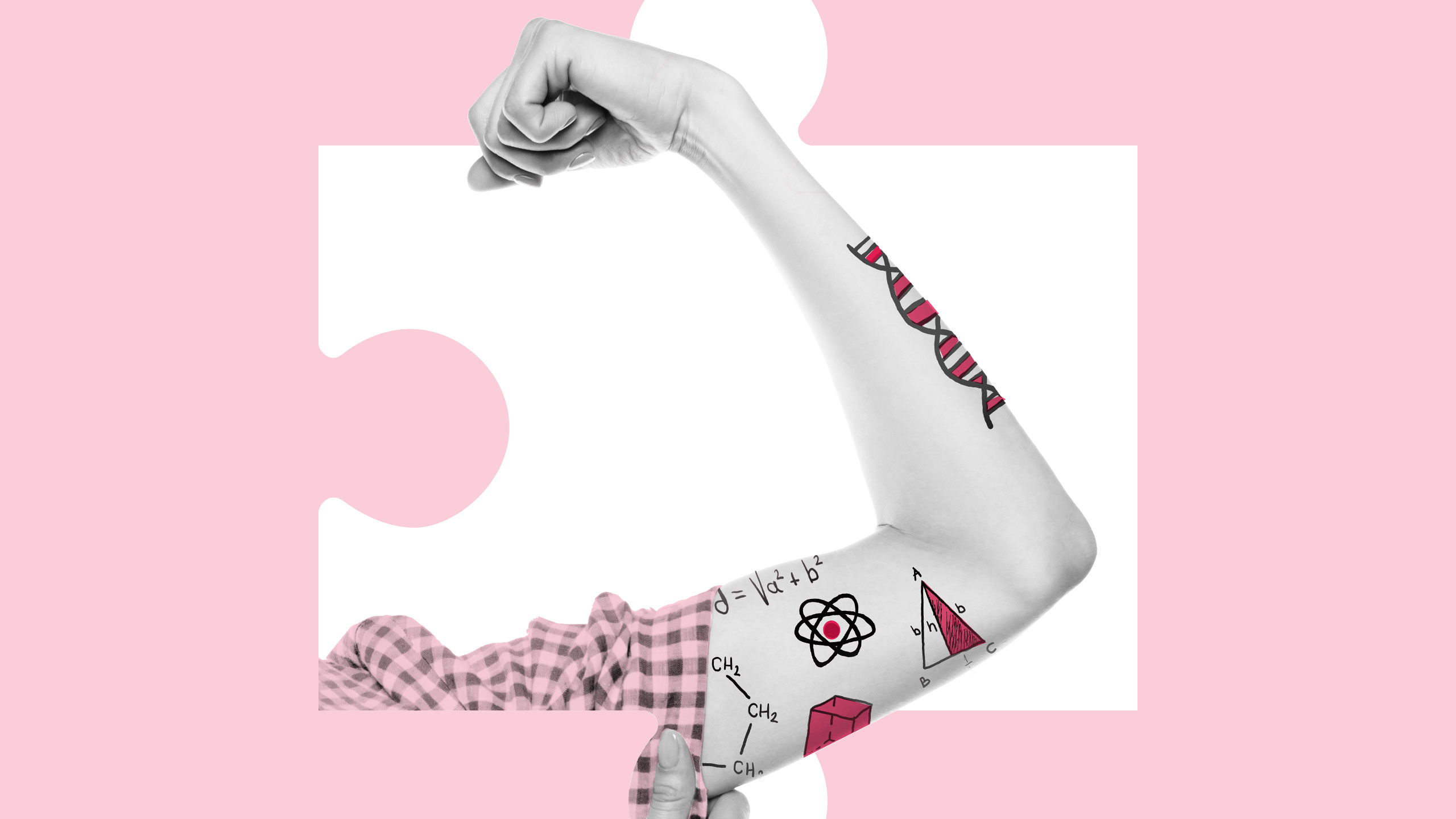
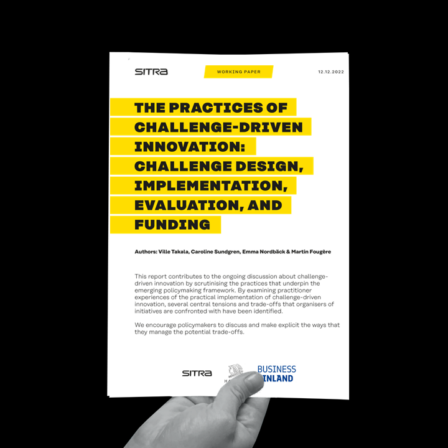


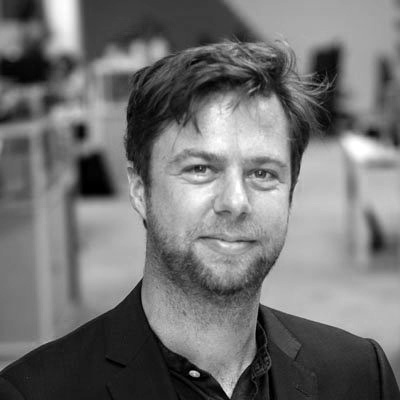
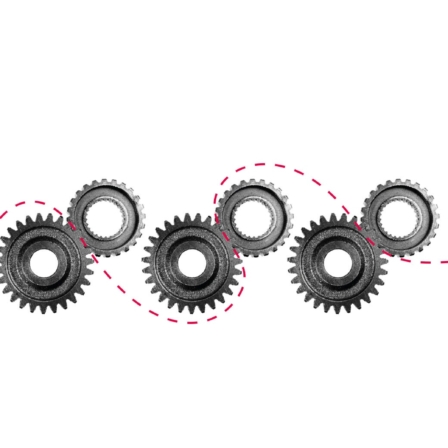







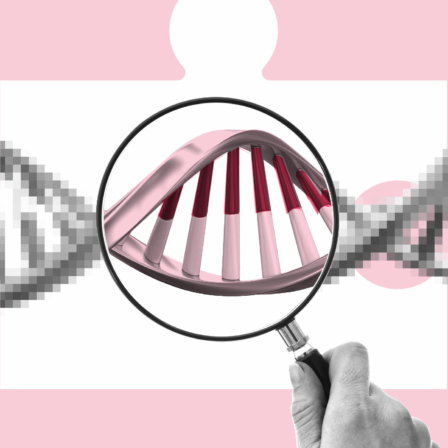



Recommended
Have some more.